How can I cultivate authentic politeness in my child, in a way that is respectful of my values and respectful of my child?
Create a space of emotional safety:
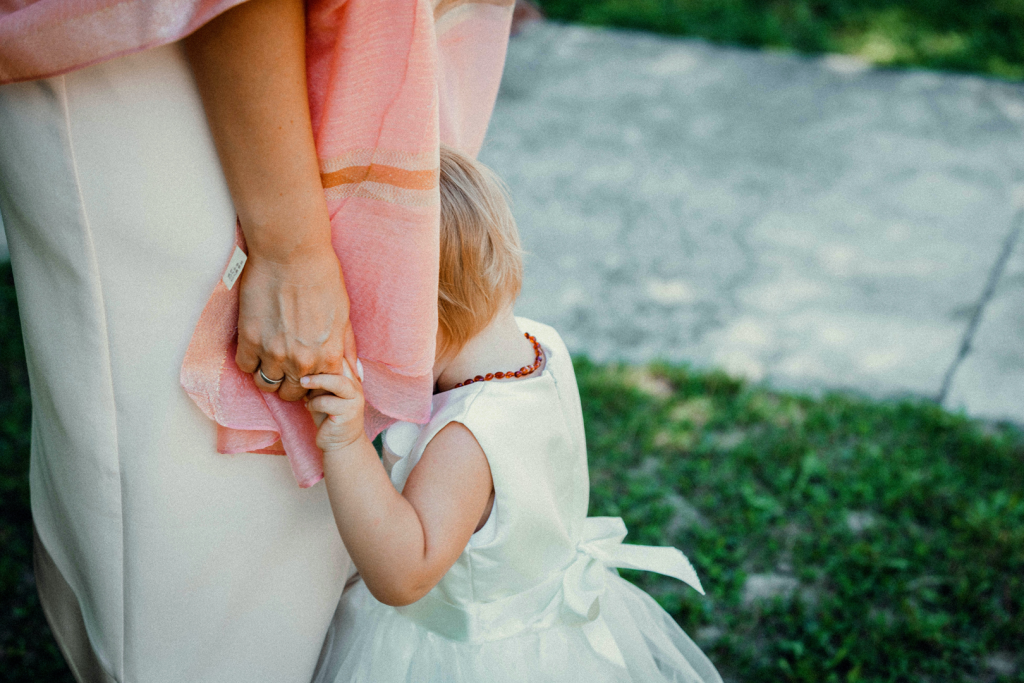
Our priority as parents should be the emotional safety of our child, with the aim of creating the right conditions for them to develop and demonstrate social skills when they are really ready.
Think of it as an invisible safe space that we create for our child. In this space we give them the opportunity to try to express themselves, without any pressure or expectation. In this space it’s safe whether or not they succeed in expressing themselves. We are on the same team as our child and we recognize that it’s a process that takes time and that everyone has their own pace. Our goal is authentic kindness. Our aim is genuine politeness.
Show trust:
The ability to express authentic politeness requires time, space, patience, acceptance and a lot of trust on our part. It’s not always easy to show this trust, especially when we are the only ones who perceive the expression of authentic kindness differently.
But think how much lighter we will feel when we can truly experience it! It is liberating to accept that not everyone will understand us, that most people don’t have any knowledge of child development.

So take the pressure off your child and show lots of trust. Children naturally want to connect with others. Just because they need time to express themselves like adults doesn’t mean they don’t feel kindness; it’s just that their social filters are still developing and they’re not ready to function like adults. As Magda Gerber said: “Be careful what you teach, it may interfere with what they are learning.” Our pressure for them to learn and our lack of trust make things more difficult and create barriers to their learning.
So trust yourself and your child. Trust yourself to offer your child kindness and emotional security, and trust your child to be a wonderful being. As long as you set a good example and respect them, they will naturally become kind.
You set the “good example”:

Be the change you want to see in your children.
Magda Gerber said, “What we teach is ourselves”, meaning that what we teach our children is a reflection of ourselves. A child whose parents are kind to each other, to them and to others will be kind. It couldn’t be otherwise, because that’s the example they experience within their family. We learn by experience.
(Example)
What could you do next time?
Starting with the thoughts we all have, thoughts that often keep us from being the parents we want to be. We all have them and we all hear them at some point – we are human. How often we give in to these fears and how much we project them onto our children depends on our level of self-awareness and whether we have worked through our emotions and childhood wounds. So we start by working on our self-awareness so that we do not become slaves to our fears. For example, if at this moment you are telling yourself the story that your child throws tantrums, is rude, and embarrasses you, how do you think you will treat them?
There will always be people who are ready to judge us and our child, people who lack knowledge about child development, and most importantly, people who do not understand your child the way you do! Accepting this pressure may make us feel that we have to push our child to be socially acceptable. We remind ourselves that the person judging us at that moment has no knowledge of child development and does not know our child as we do. If they want to see him as a child without manners and think we are bad parents, that is their perception, and it does not mean we have to adopt it. By rejecting this pressure, we empower our child and strengthen his or her resistance to the social pressures that will undoubtedly come his or her way.
Create that invisible space of emotional safety we mentioned earlier. Remove all pressure. Keep the atmosphere relaxed and remain silent for a few seconds when, for example, someone greets your child. These few moments of silence and calm give your child the space to try to express himself. If you notice that they don’t respond, greet the person on their behalf.
Later, if you’d like, you can talk to your child and acknowledge that you noticed he was a little uncomfortable being greeted today and that it’s normal to feel that way sometimes. Tell them it’s not always easy. Some days it’s easier to say “good morning” and some days it’s harder; they’ll do it when they feel ready. Reassure them that you love them and that your bond is unshakable.
If you encounter someone who makes a negative comment about your child’s lack of response or about you responding on his or her behalf, don’t let it go unaddressed. Also, avoid labeling your child as “tired” or “shy. If the person says your child is shy, you can gently explain that’s not the case and that sometimes greetings are easier and sometimes they are harder. Then continue your conversation as normal, without focusing on the fact that your child didn’t say hello.
Food for thought!
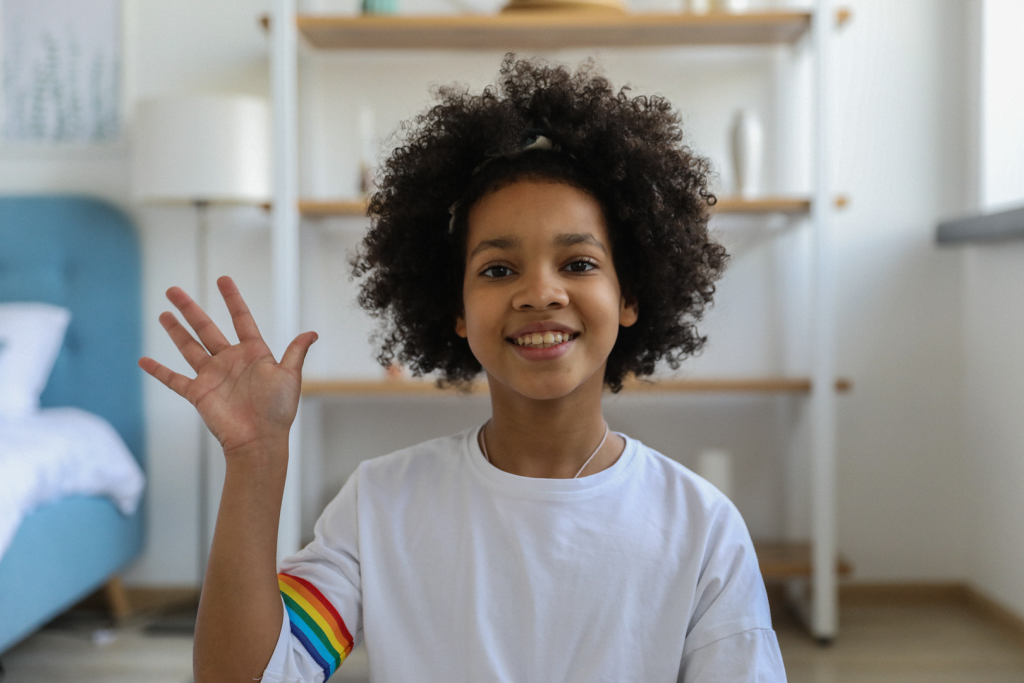
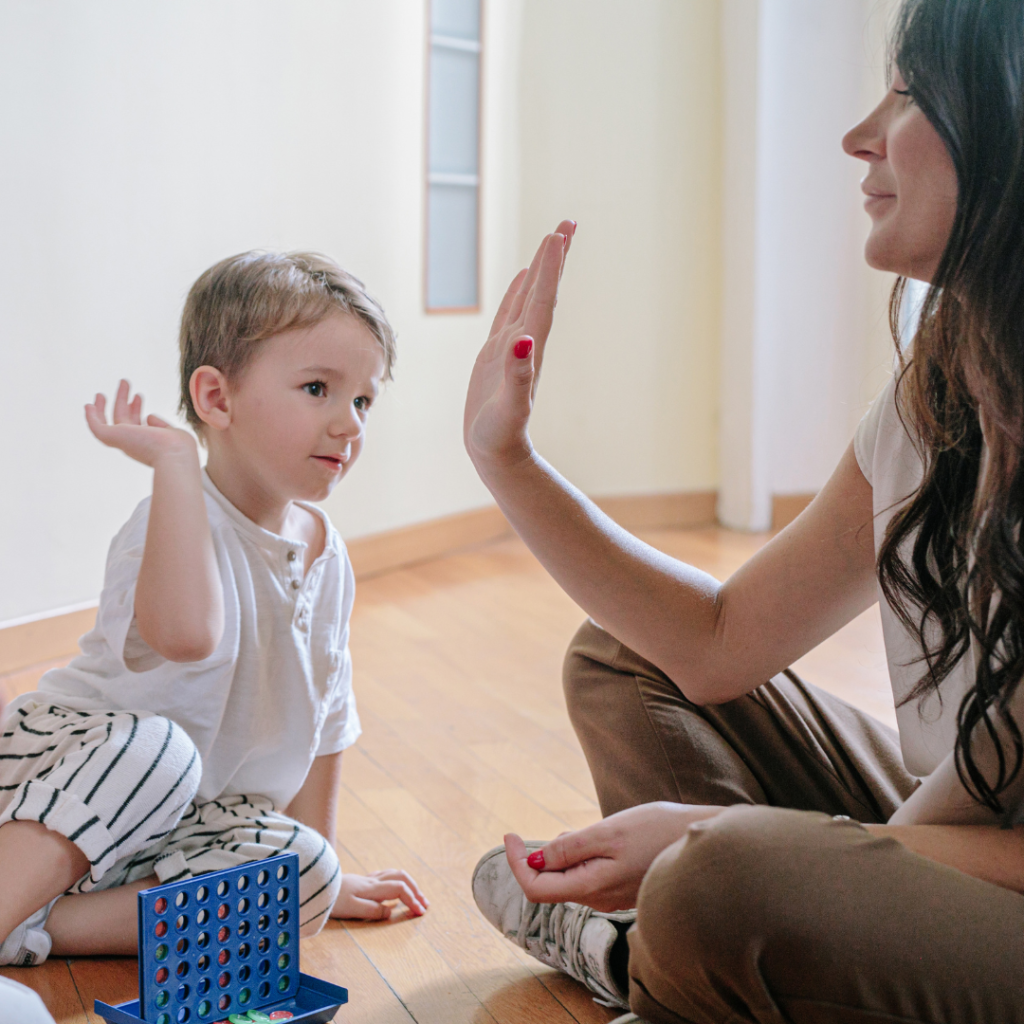
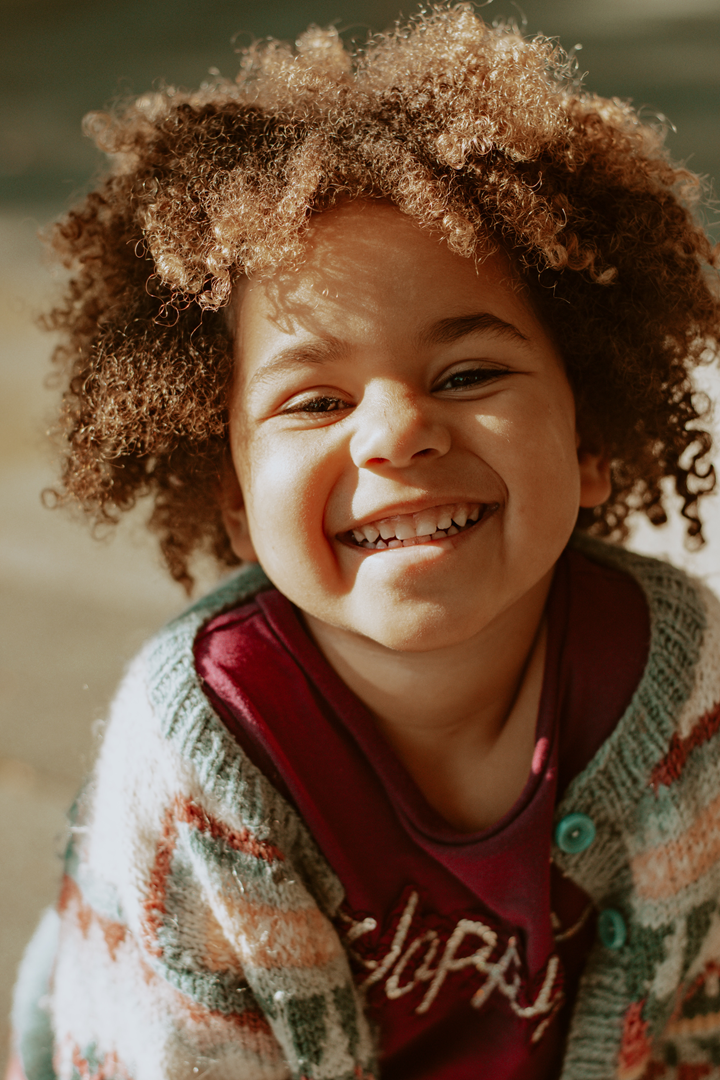
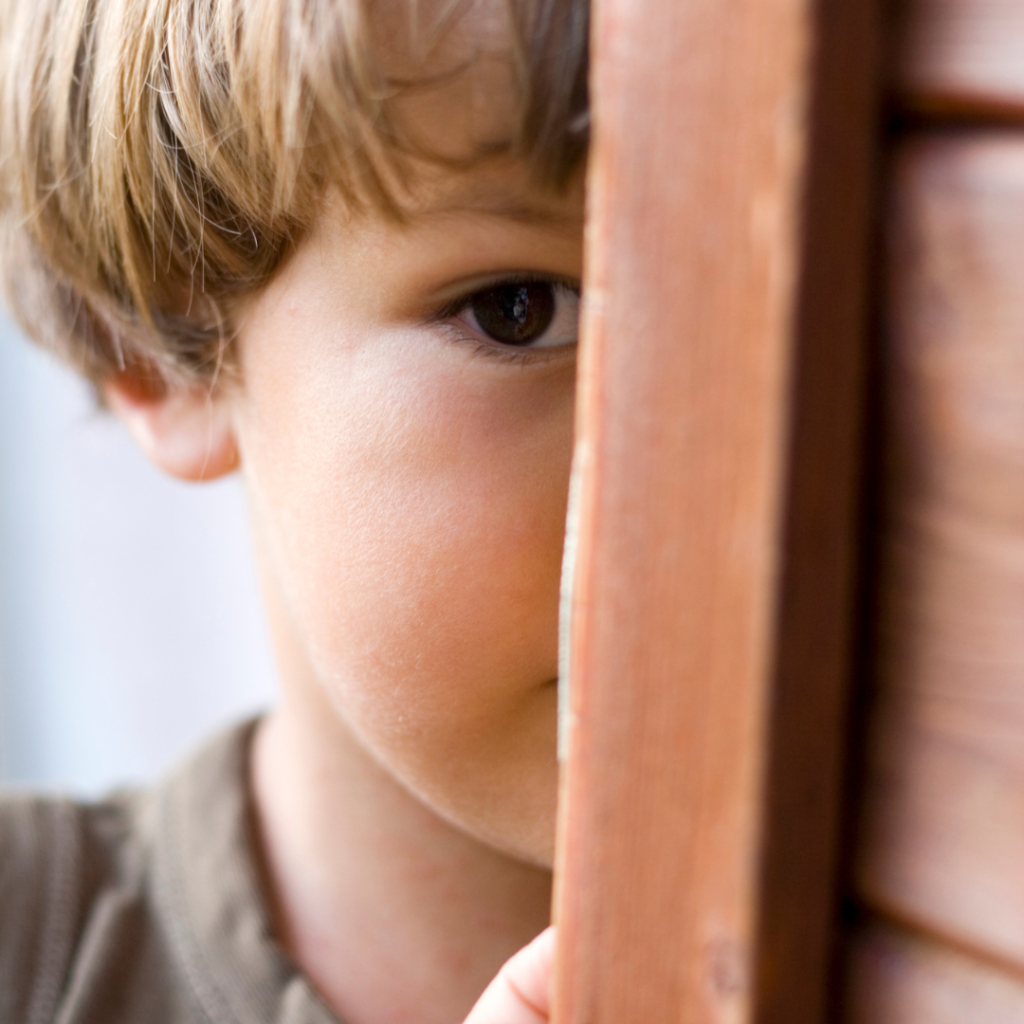
There is no one way to say hello. Your child may find it very difficult to speak and say hello. Ask your child how he or she feels most comfortable greeting people.
He/She can greet by keeping his distance and waving his hand.
- He/She can wink.
- He/She can smile.
- He/She can do a Hi-Five.
- He/She can nod.
If it is difficult to greet in any way, don’t force it! It’s OK, it’s just not the time yet.
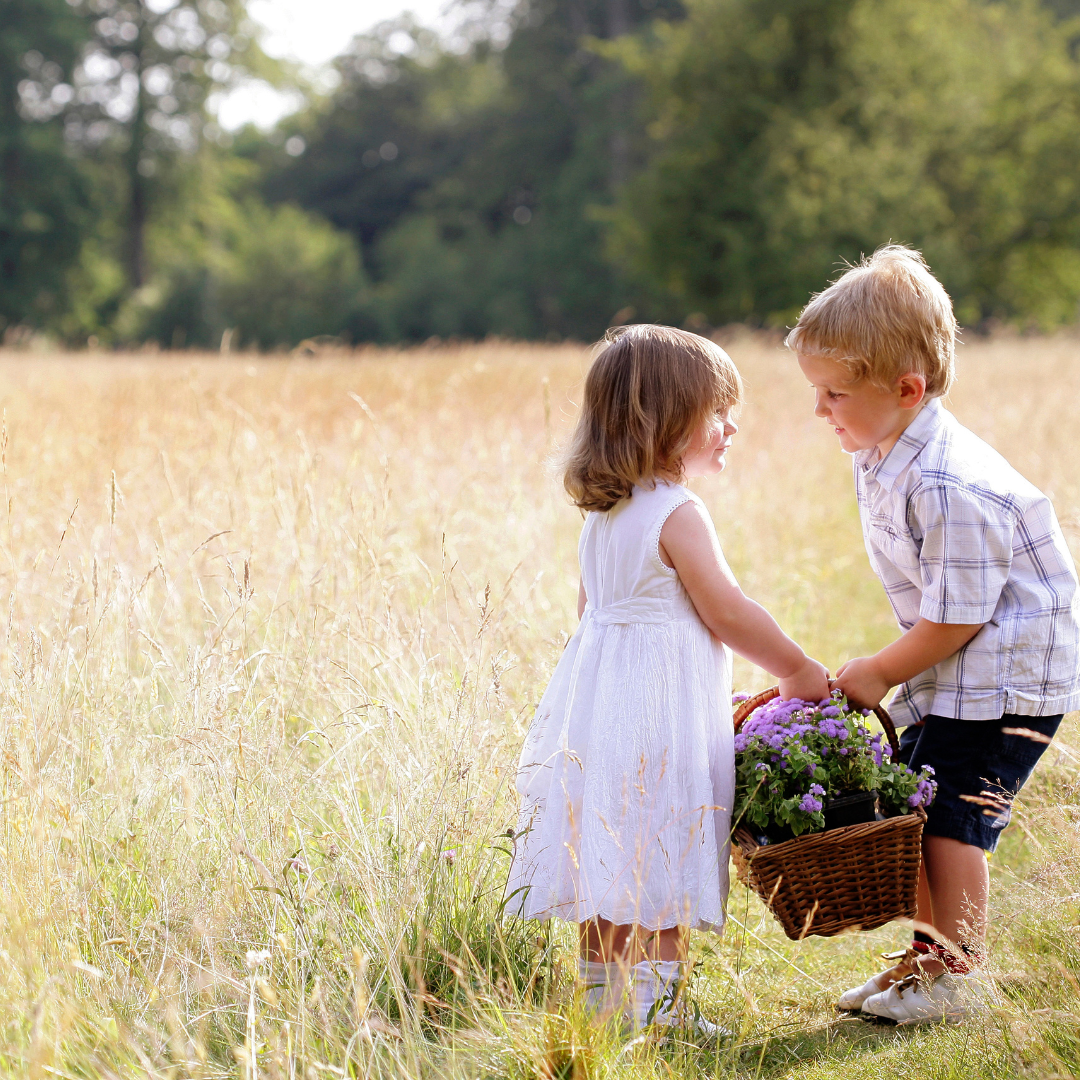
Every time your child succeeds in expressing good manners, it will help to verbally express how it makes you feel and acknowledge his or her efforts. For example:
“You brought me ice cream when I hurt my foot. It made me feel how much you care and love me.”
“When your friend’s teddy bear fell, I saw you pick it up, shake it off, and give it back to her. Your face lit up with a smile when you gave it back. I think it made her feel special.”
“Today I saw you greet Mrs. Katerina with a smile.”
It’s not always easy to do all this. Sometimes it may even seem impossible. Authentic “good manners” is a process that takes time and faith to bear fruit. We trust that it will happen, and we carry that certainty deep in our hearts. The most important thing is that our children feel that we are on the same team, that we understand and accept them. We appreciate every effort and have the certainty that they are doing the best they can at any given moment. This alone is often enough! Imagine how you will feel when your child says “thank you” for the first time and it is authentic – they said it because they really feel it, not because you told them to! What an incredible gift!
I will leave you with my daughter’s words because I think they are the best way to end this blog:
A few days ago I asked her, “Why are you kind to people?” And she spontaneously replied, “Because I feel it in me, mom.”
In case you have not read the first part of the article, click here.